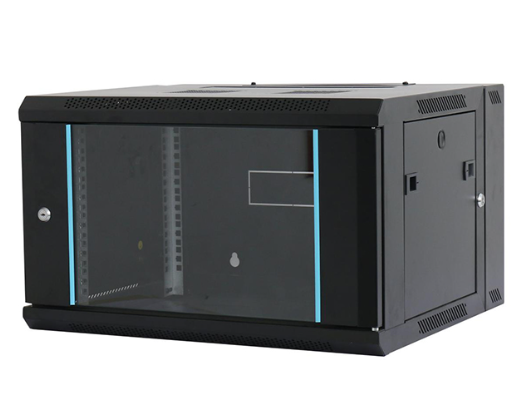News
Site Editor
 Site
https://leonetworkgroup.usa18.wondercdn.com/uploads/image/5fe152faa587d.png
SFP, which stands for Small Form-factor Pluggable, is a hot-swappable networking transceiver module used for data communication applications in computer networks. It is designed to be easily inserted and removed from a switch or router, without the need to power down the device. The SFP module is a type of optical transceiver used in fiber optic networks to connect network switches, routers, and o
Site
https://leonetworkgroup.usa18.wondercdn.com/uploads/image/5fe152faa587d.png
SFP, which stands for Small Form-factor Pluggable, is a hot-swappable networking transceiver module used for data communication applications in computer networks. It is designed to be easily inserted and removed from a switch or router, without the need to power down the device. The SFP module is a type of optical transceiver used in fiber optic networks to connect network switches, routers, and o
How Sfp Module Works
Views: 372
Author: Site Editor
Publish Time: 2023-07-10
Origin: Site
SFP, which stands for Small Form-factor Pluggable, is a hot-swappable networking transceiver module used for data communication applications in computer networks. It is designed to be easily inserted and removed from a switch or router, without the need to power down the device. The SFP module is a type of optical transceiver used in fiber optic networks to connect network switches, routers, and other network devices.
SFP modules are typically used to interconnect network devices, such as switches, routers, and firewalls. They support data rates of up to 10 Gbps and can be used with different types of fiber optic cables, such as multimode and single-mode fiber. SFP modules support protocols such as Gigabit Ethernet, Fiber Channel, and SONET/SDH.
The SFP modules consist of a small metal housing that contains a transceiver, which is responsible for sending and receiving data over the fiber optic cable. The transceiver contains a laser or LED that transmits data over the cable and a receiver that receives the data at the other end of the cable. The SFP module also includes a microcontroller that communicates with the switch or router to configure the module and report information such as temperature and optical power levels.
The SFP module can be easily inserted into the SFP port, which is a modular slot on the switch or router. The SFP port provides a standard interface for attaching different types of SFP modules. Once inserted, the switch or router automatically detects the SFP module and configures it accordingly. This hot-swappable feature allows for easy upgrades and maintenance of the network without disrupting the overall network operation.
One of the advantages of using SFP modules in a network is their flexibility. SFP modules can be easily replaced or upgraded to support different network protocols or to increase the data transfer rate. This flexibility allows network administrators to adapt to changing network needs without upgrading the entire network infrastructure.
Another advantage of SFP modules is that they support different types of optical fibers, including multimode and single-mode fiber. Multimode fiber is used for short distance data transmission, while single-mode fiber is used for long-distance data transmission. By supporting both types of fibers, SFP modules can be used in a wide range of network configurations.
In conclusion, SFP modules play an important role in modern computer networks. They provide a flexible, hot-swappable, and high-speed interface for interconnecting network devices. With their support for different types of fibers and protocols, SFP modules allow network administrators to build and maintain complex networks that meet the needs of their organizations.
If you want to know more about industrial network cabinet,china fiber optic splice closure,china fiber optic distribution box,please consult the fiber optic splice closure factory









